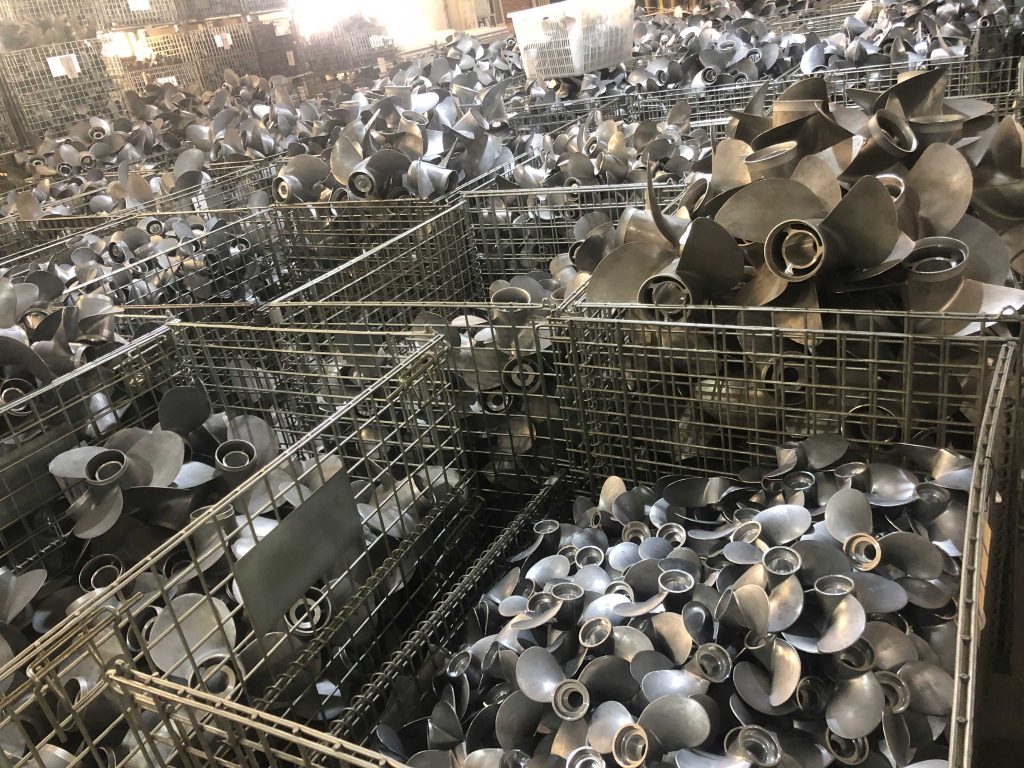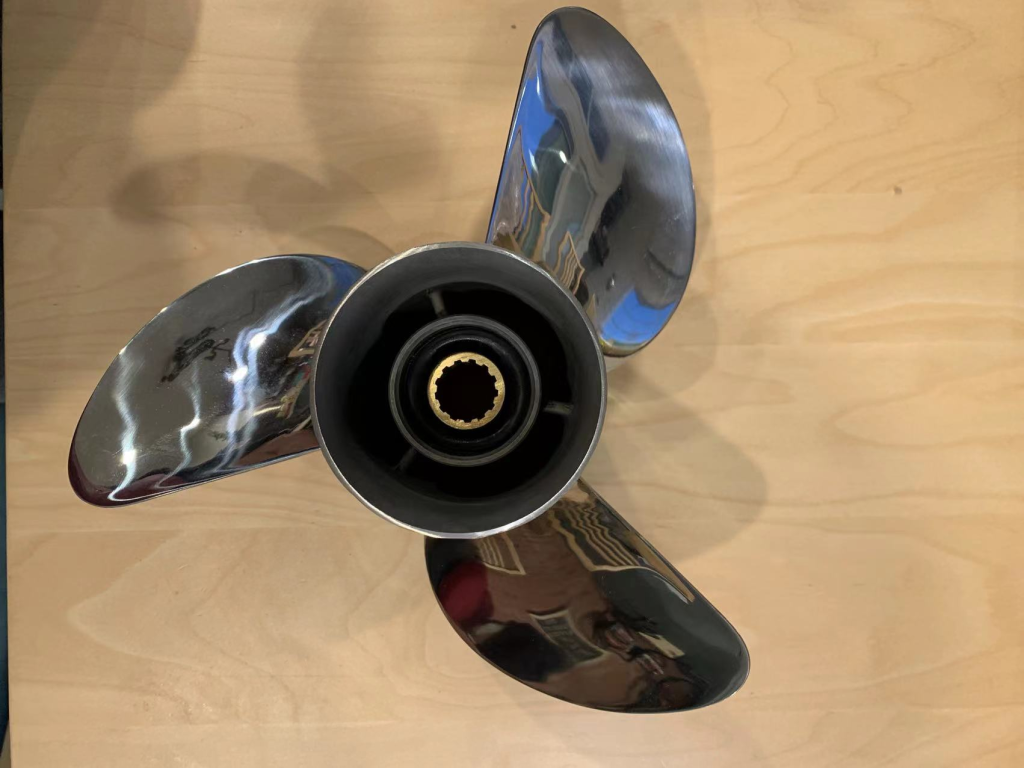Cavitation occurs when the pressure on the surface of the propeller blades drops below the vapor pressure of the water, causing bubbles to form and collapse, leading to damage and reduced efficiency. If your propeller has severe cavitation, you may need a new boat propeller.
Here are some ways to reduce cavitation in small motor boat propellers.

1.Increase the diameter of the propeller
2.Reduce the propeller pitch
3.Use a different propeller design
4.Improve the boat’s hull design
5.Maintain a proper trim angle
6.Ensure the propeller is properly aligned
7.Clean the propeller regularly
8.Avoid overloading the boat
9.Increase the engine’s power output
10.Seek professional advice
Increase The Diameter Of The Propeller
A larger propeller will generate more lift and reduce the chances of cavitation occurring.

Reduce The Propeller Pitch
Decreasing the pitch will reduce the load on the propeller, minimizing the chances of cavitation.
Use a Different Propeller Design
Certain propeller designs, such as those with a higher number of blades or a different blade shape, can help reduce cavitation.
Improve The Boat’s Hull Design
A well-designed hull can reduce drag and turbulence, which can contribute to cavitation.
Maintain a Proper Trim Angle
Adjusting the boat’s trim angle can help optimize the propeller’s performance and reduce cavitation.
Ensure The Propeller Is Properly Aligned
Misalignment can cause uneven loading on the propeller, leading to cavitation. Regularly check and adjust the alignment as needed.
Clean The Propeller Regularly
Fouling on the propeller blades can disrupt water flow and increase the chances of cavitation. Clean the propeller regularly to maintain its efficiency.
Avoid Overloading The Boat
Overloading the boat can put excessive strain on the propeller, increasing the chances of cavitation. Ensure the boat is properly loaded within its weight capacity.
Increase The Engine’s Power Output
If possible, increasing the engine’s power output can help reduce cavitation by providing more thrust and load capacity to the propeller.
Seek Professional Advice
If cavitation is a persistent issue, consult with a marine engineer or propeller specialist who can analyze the specific conditions and recommend the best solution for your small motor boat.
Conclusion About Reduce Cavitation In Small Motor Boat Propellers
In conclusion, there are several effective ways to reduce cavitation in small motor boat propellers:
Proper propeller selection: Choosing the right propeller size and design for the specific boat and engine combination is crucial. Consulting with a marine expert or propeller manufacturer can help in selecting the best propeller that minimizes cavitation.
Increasing propeller diameter: Increasing the diameter of the propeller can help reduce cavitation by spreading the load over a larger area, preventing the formation of low-pressure areas that lead to cavitation.
Reducing propeller pitch: Lowering the pitch of the propeller blades can also help reduce cavitation. This reduces the load on the propeller and decreases the likelihood of cavitation occurring.
Proper engine trim: Adjusting the engine trim to achieve the optimal running angle can help reduce cavitation. This ensures that the propeller operates in the most efficient manner, minimizing cavitation.
Regular propeller maintenance: Maintaining the propeller in good condition, including removing any dents or damage, can help improve its performance and reduce cavitation.
It is important to note that the effectiveness of these measures may vary depending on the specific boat, engine, and operating conditions. Experimentation and consultation with experts may be necessary to find the most effective combination of solutions for reducing cavitation in small motor boat propellers.


